News
Thousands of borrowers no longer qualify for student loan relief
A new update from the Department of Education caught thousands of student loan borrowers by surprise. See what that means for you below!
Advertisement
According to the new guidelines, over 700 thousand people are out of the program.

According to a new guidance from the Department of Education, over 700,000 borrowers no longer qualify for the student loan relief from President Biden’s student loan forgiveness plan.
In a surprising turn of events from previous announcements, borrowers who currently have federal student loans owned by private entities have lost access and are no longer eligible for student loan relief.
The news came forward on September 29 and left thousands of people confused. On the U.S. Department of Education website, it was announced that the entity is currently working on a solution for these borrowers.
Last August, the Bidren administration announced a loan forgiveness plan that would cancel up to $10,000 in student loans for anyone with an annual income equal or lower to $125,000. For married couples or heads of households, the annual income rule doubles it, at $250,000. Pell Grant recipients would also receive an additional $10,000 debt forgiveness.
So what does the new updated guidance mean for borrowers?
Who no longer qualifies for student loan relief?
Up until last Thursday, student loan borrowers who held private federal student loans still qualified for student loan relief. That is if they had their loans consolidated into the Direct Loan program.
Now, according to the new guidance, borrowers with Perkins or FFEL loans that are not on the DL program cannot obtain student loan relief through consolidation. In that case, they’d only qualify for debt forgiveness had they applied for consolidation before September 29.
Michelle Dimino, who is the deputy director of education at Third Ways, said this development will affect a small portion of borrowers. According to the most recent data, approximately 4.1 million borrowers have over $108 billion in student loans held by private lenders.
The new changes won’t impact all 4.1 million borrowers who have commercially held FFEL loans. That is because many also have a loan directly from the government that does qualify for relief. Plus, many others don’t meet the income requirements to participate. However, close to 800,000 student loan borrowers will be affected by this policy change.
You will be redirected to another website
By submitting this form, I agree that I am 18+ years old and I agree to the Privacy Policy and Terms and Conditions. I also provide my signature giving express consent to receive marketing communications via automated emails, SMS or MMS text messages and other forms of communication regarding financial products such as credit card and loans. Message frequency varies and represents our good faith effort to reach you regarding your inquiry. Message and data rates may apply. Text HELP for help or text STOP to cancel. I understand that my consent to receive communications is not a condition of purchase and I may revoke my consent at any time.
How can you check if you’re still eligible for student loan relief?
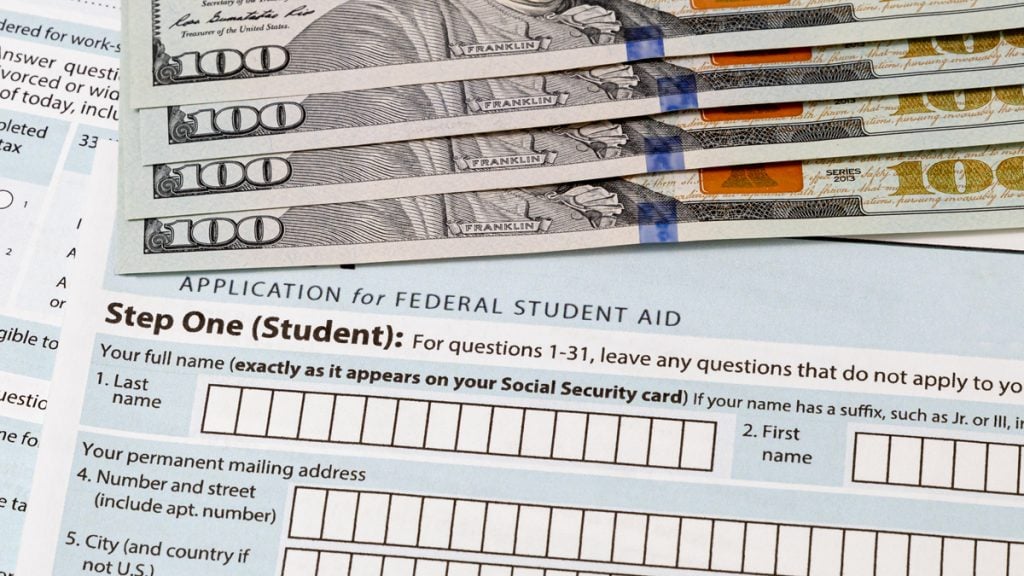
The first step is to check whether you meet the income requirements. Verify your 2020 and 2021 tax returns. Financial education experts say that the Biden administration will most likely estimate your income from either one, or both, of those forms.
But the most effective way to confirm whether or not you will suffer the impact of these changes is by contacting your loan servicer. Ask them which kind of loans you have and check the Department of Education’s website to see if you’re still eligible.
The FFEL program ended over a decade ago. So if you took out a federal loan after 2010, there’s a big chance they’re held by the government. That means you’d still qualify for the student loan relief.
Student loan debt forgiveness: Your ultimate guide!
Still unsure how the new student loan debt forgiveness program works? Follow the link below to learn everything you need to know about it.
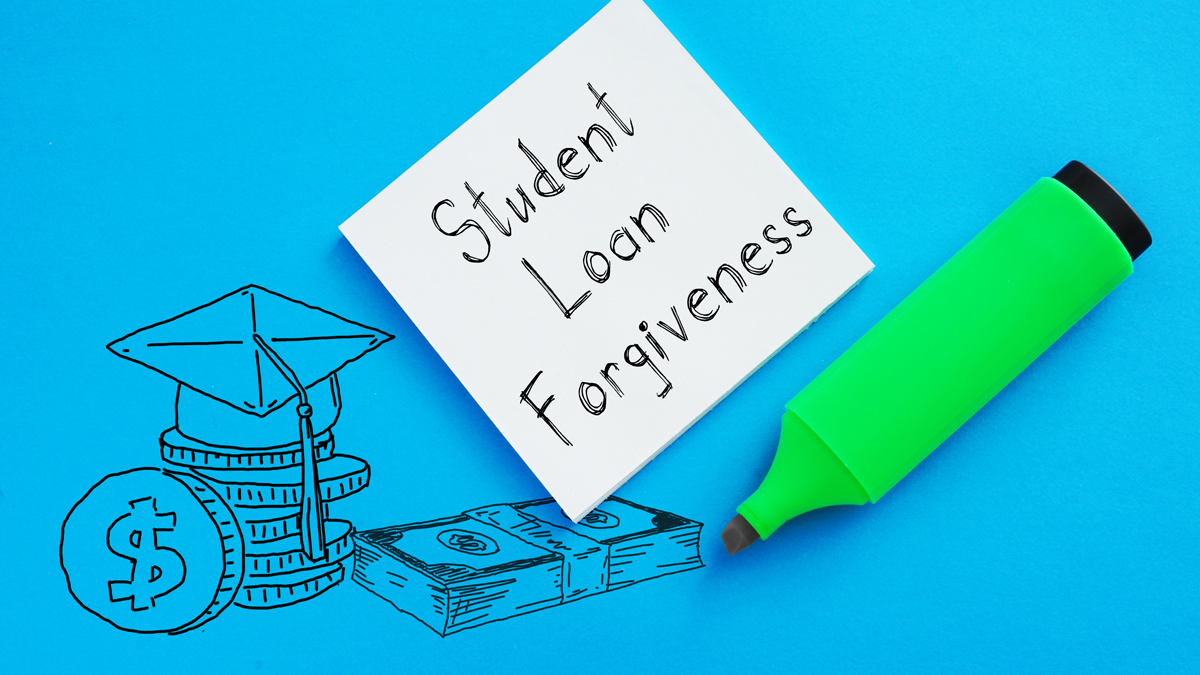
Student loan debt forgiveness: Your ultimate guide
Within the next couple of weeks, the U.S. government will rid millions of Americans of their student loan debt. Find out more about what this means for you.
Trending Topics

Student loan forgiveness scams are already happening
If you’re applying for student debt cancelation, the FBI wants you on high alert for possible student loan forgiveness scams.
Keep Reading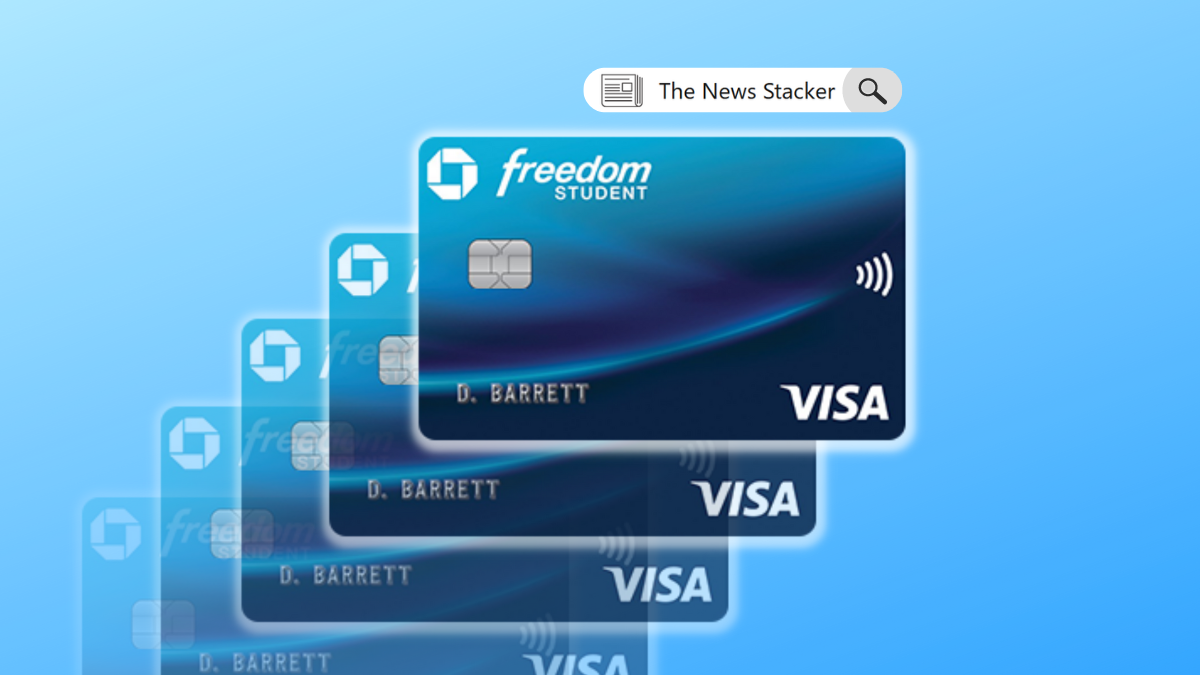
Chase Freedom® Student credit card review: Great rewards for credit newbies
Find out if the Chase Freedom® Student credit card is right for you with our review. Learn more about what it has to offer.
Keep Reading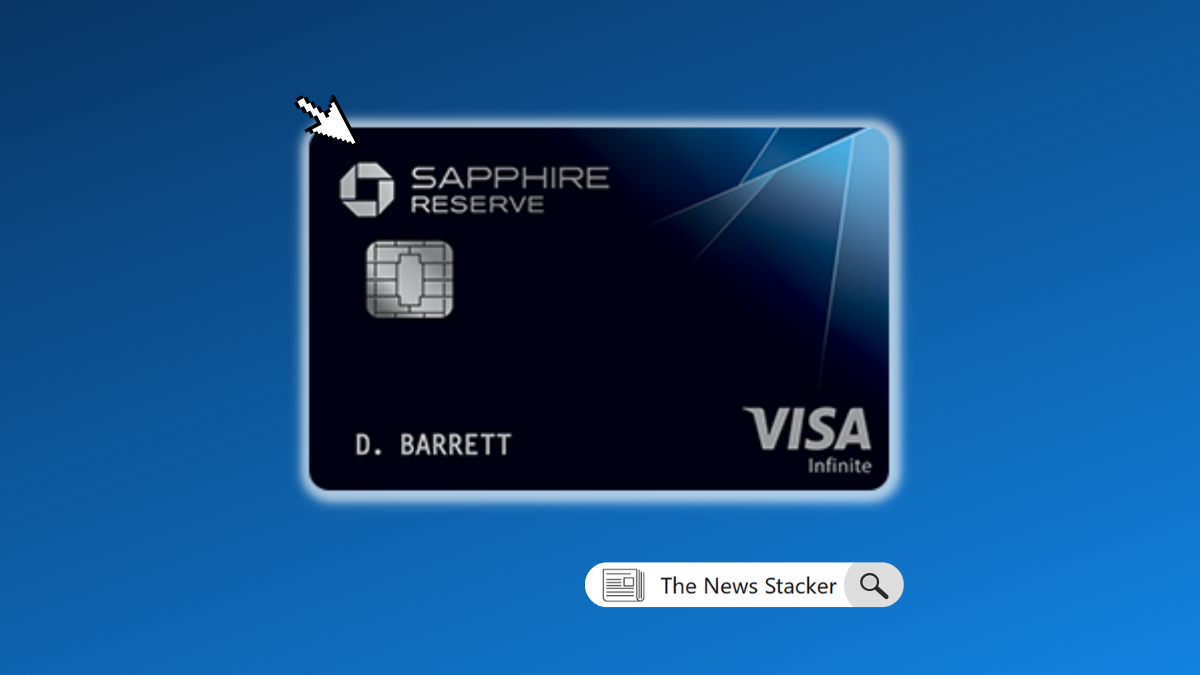
See how to apply for the Chase Sapphire Reserve® Credit Card
Want to know how to apply for the Chase Sapphire Reserve® Card? We'll walk you through the application process step-by-step.
Keep ReadingYou may also like

How to boost your immune system to stay healthy
Do you want to learn how to optimize your immune system? Here are a few tips that will help you stay healthy all year long. Read on for more!
Keep Reading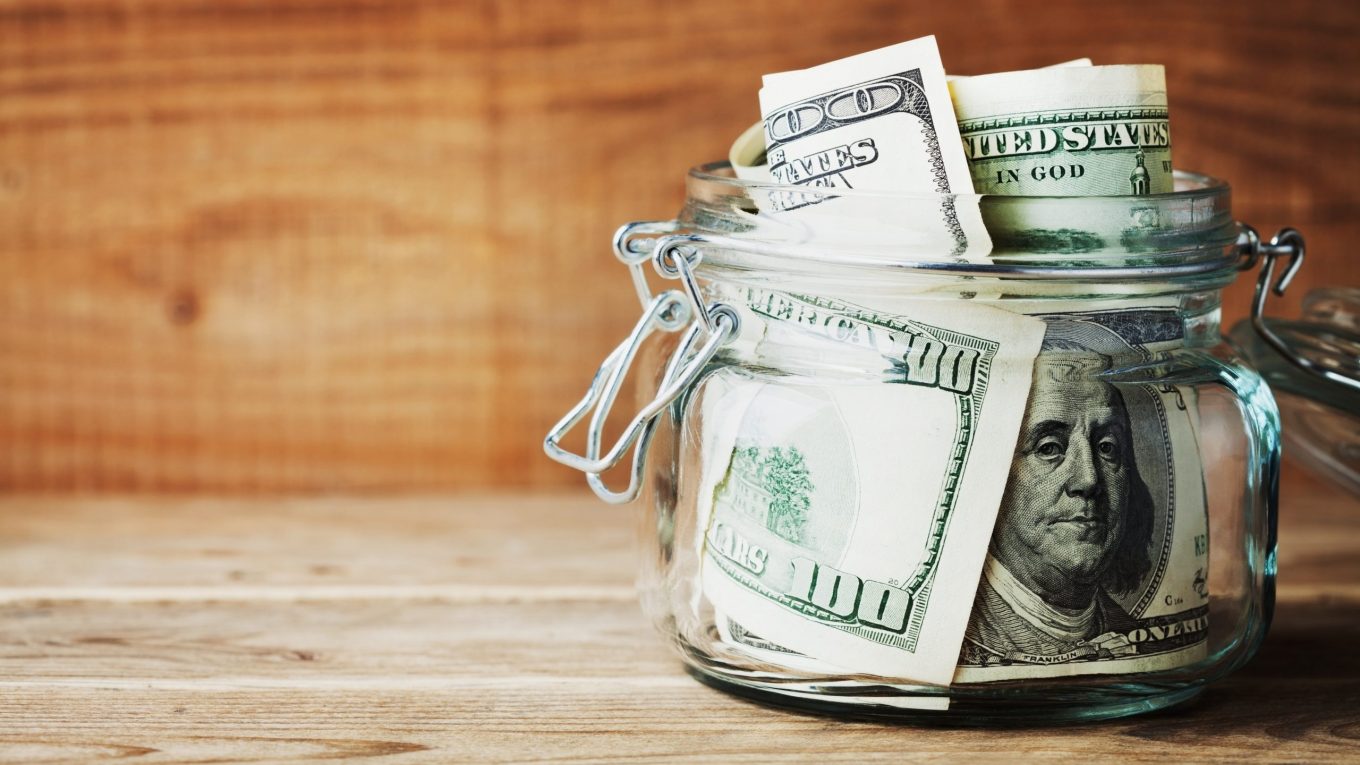
What antique items are worth money?
Have you ever wondered what antique items are worth money? Wonder no more! This post will tell you everything you need to know.
Keep Reading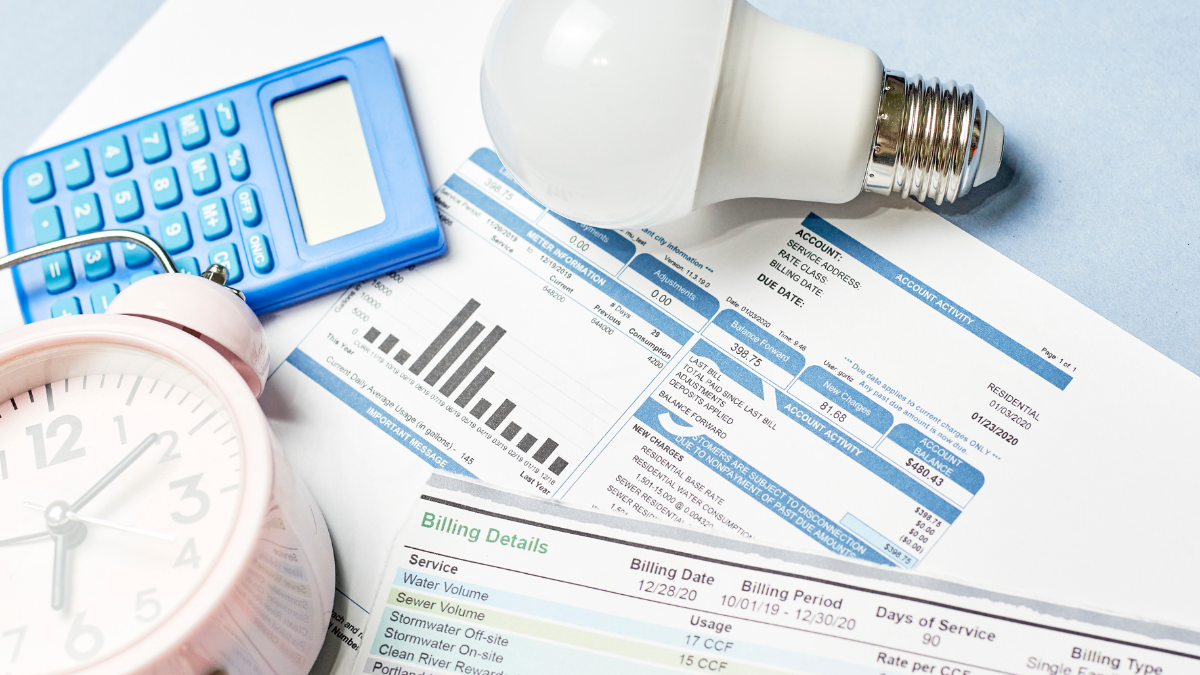
What is prepaid electricity?
Learn what prepaid electricity is and why it's a great alternative payment option for household bills. Understand this flexible payment plan.
Keep Reading